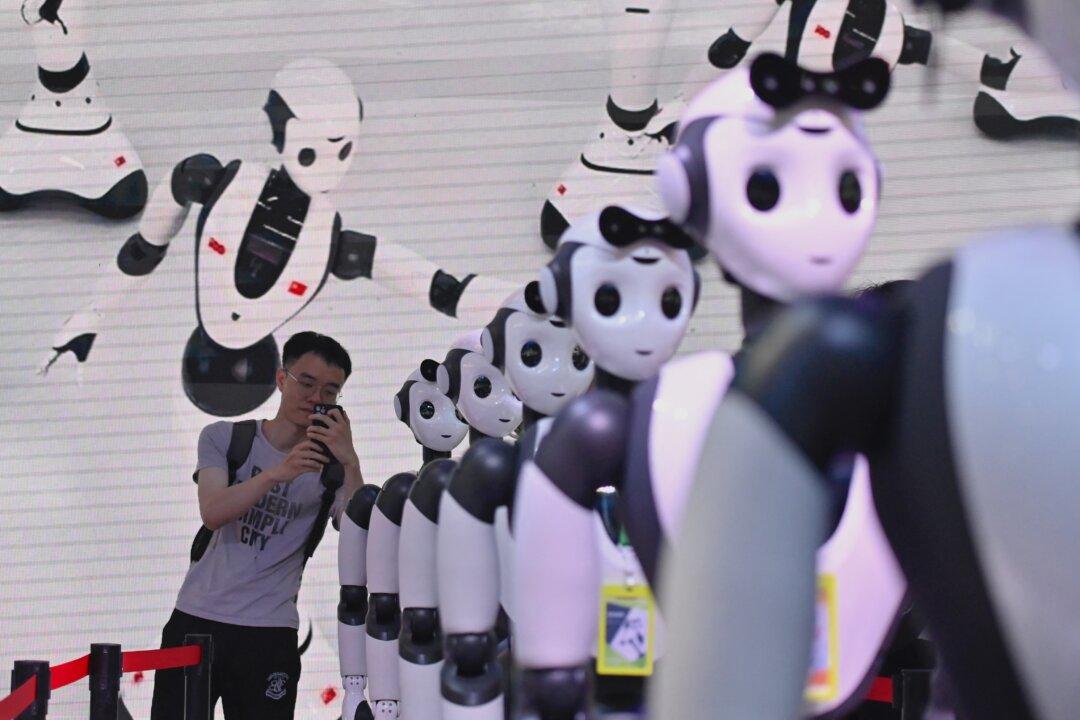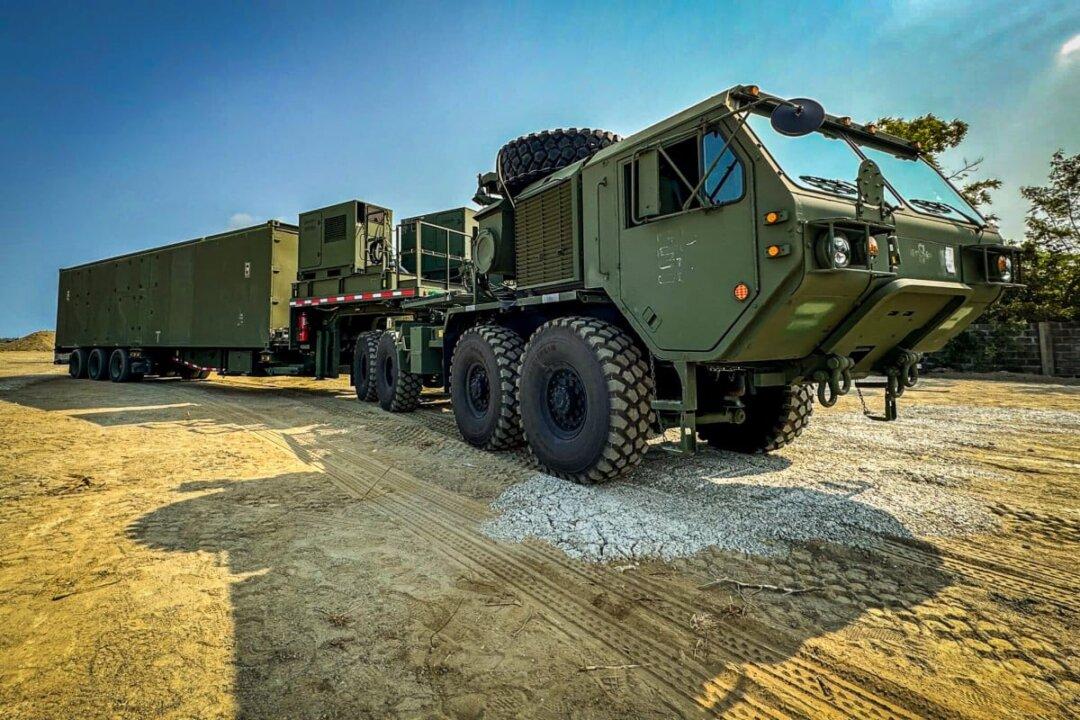Commentary
Prior to the APEC summit in San Francisco in mid-November, President Joe Biden and Chinese leader Xi Jinping were reportedly discussing the potential ban on the use of artificial intelligence (AI) in autonomous weapons such as drones and nuclear warhead control. President Biden told reporters after the summit that the two countries would resume military-to-military contact and maintain direct communications to avoid misunderstandings and potential accidents.





